Conducting research with kindergarten students can be a daunting task, but I think I found a way to make it fun for them AND manageable for me! I’ve been spending the year getting them to understand the difference between Fiction and Non-Fiction books, and would often pair two books over similar content to get them to practice determining the difference.
This time, I used the book The Otter Who Loved to Hold Hands by Heidi & Daniel Howarth. Before reading the book, I asked the students if they knew anything about otters. Some had heard of the animal, but weren’t too sure what it was. So, we began to list some questions down that they had about otters. I explained to them that when you are trying to find answers to questions about a topic, it’s called “doing research”.
Then I asked them, “If we were doing research on otters, what could we use to find the answers to our questions?” and they immediately replied “Non-Fiction books!” (Yes, I admit to doing a little happy dance at their response!) So we ran over to the Non-Fiction section, and found a book about Otters. When we came back to the floor I told them that we could use the book to look up our answers, but there’s something else we can use. This is when I introduced them to our databases, focusing on the absolutely wonderful Pebble Go! I showed them how, like a Non-Fiction book, a database gives us all kinds of facts about a topic.
We spent a few minutes reading the entry about otters, watching the video of them swimming, and even listening to the audio of their sounds. Then we read the story and several of the kids wanted to know if otters really do hold hands. I found this amazingly cute video here that shows two otters in a zoo holding hands as they float and sleep. They spent the rest of their library time investigating different animals on the database.
The next time we met, I read them clues from this fun book, What Animal Am I? by Caroline Hutchinson.
Afterwards, I asked them if they would like to create their very own Mystery Animal book. They were super excited, and right away started talking about the animal that they wanted to do. (It was extremely cute seeing them get this excited!) Since they were so into the project already I let them go onto Pebble Go to make sure the animal they wanted was on there or if they weren’t sure what animal to do, they used this time to find one to research. At the end of our time, I showed them a sample of what our Mystery Animal book would look like:
If you’d like to try this with your own students, you can get a copy here on my website or at my TpT store. I even included an alternative format that you can use for the second time around.
What experiences have you had with researching with Kindergarten? I’d love to hear your ideas!
Sandy



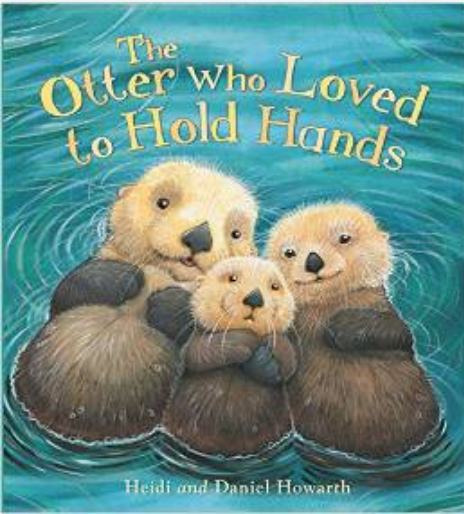
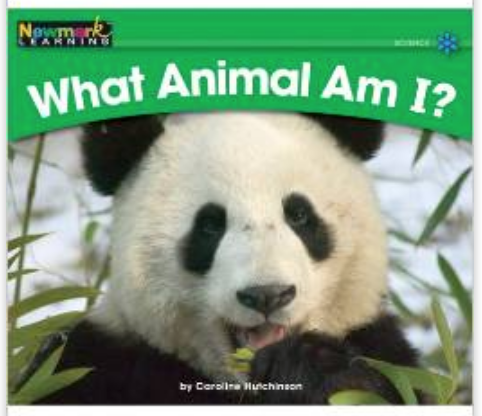
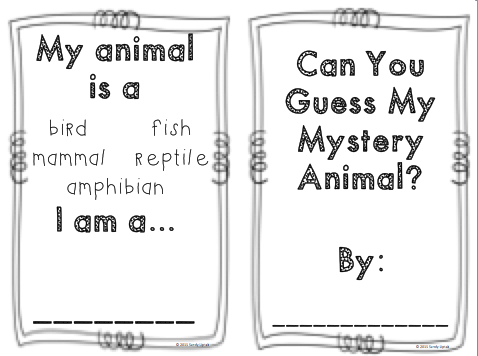
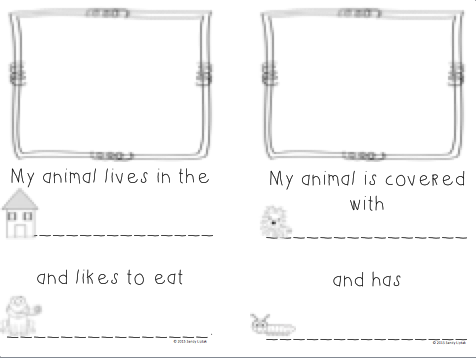

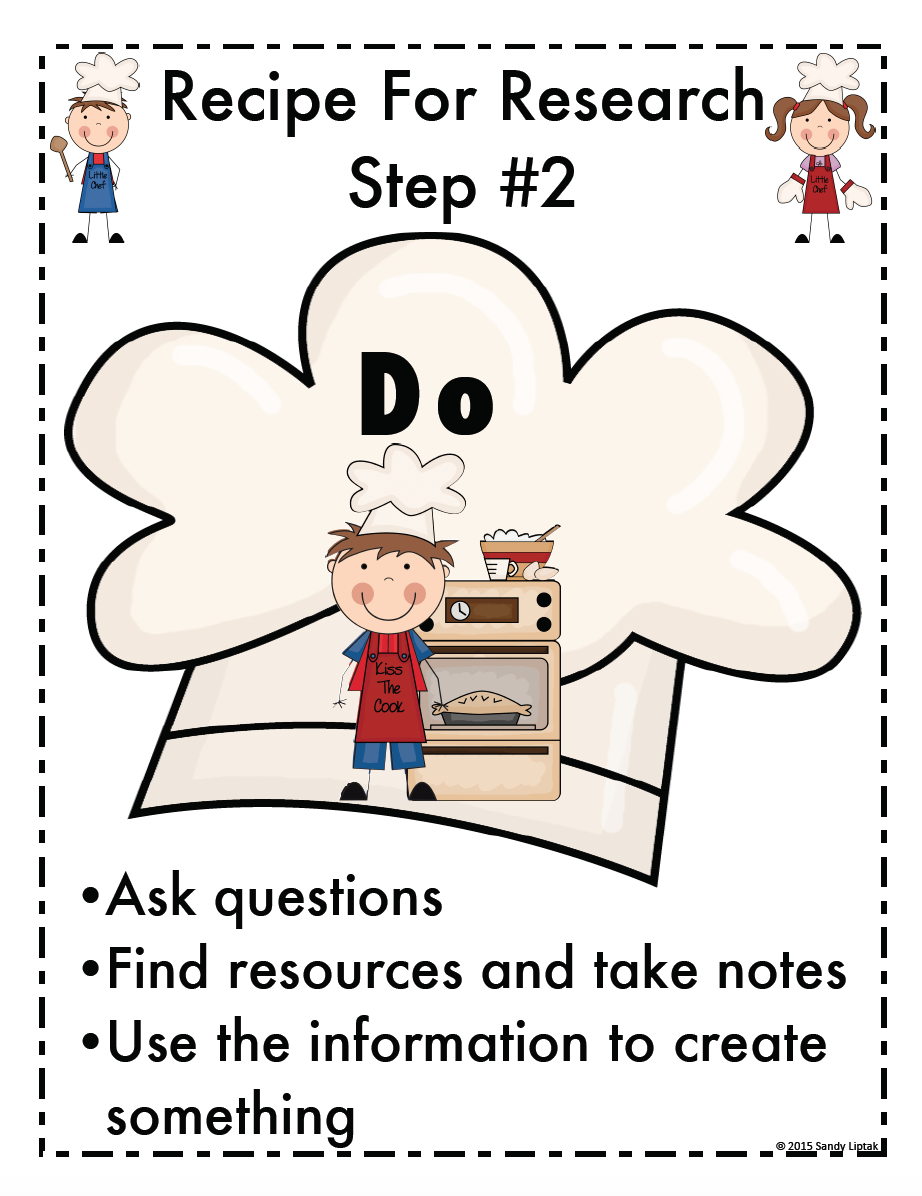
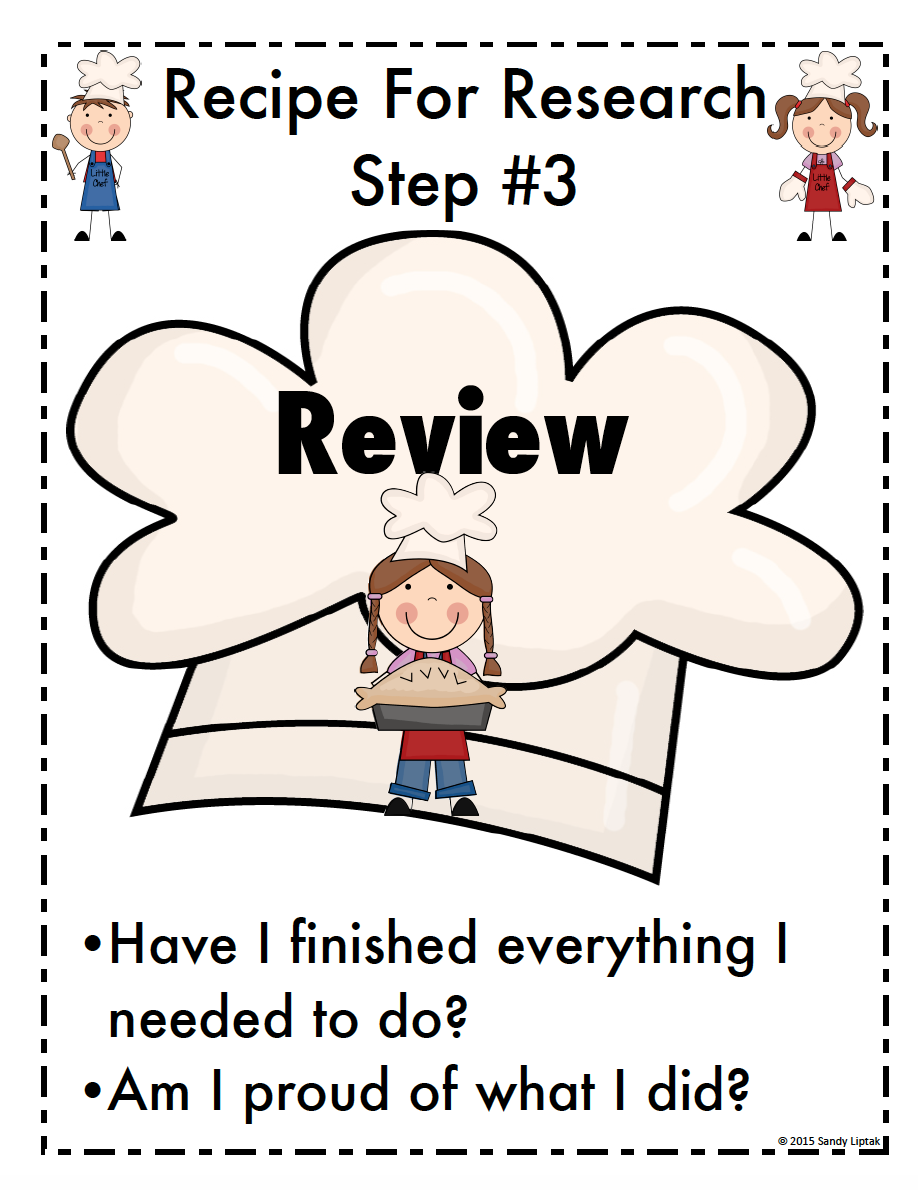
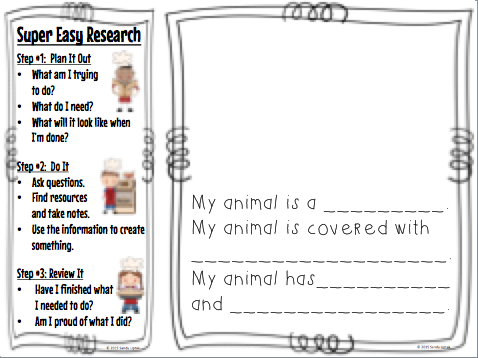





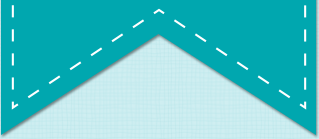

Resources for librarians, teachers, parents, & grandparents